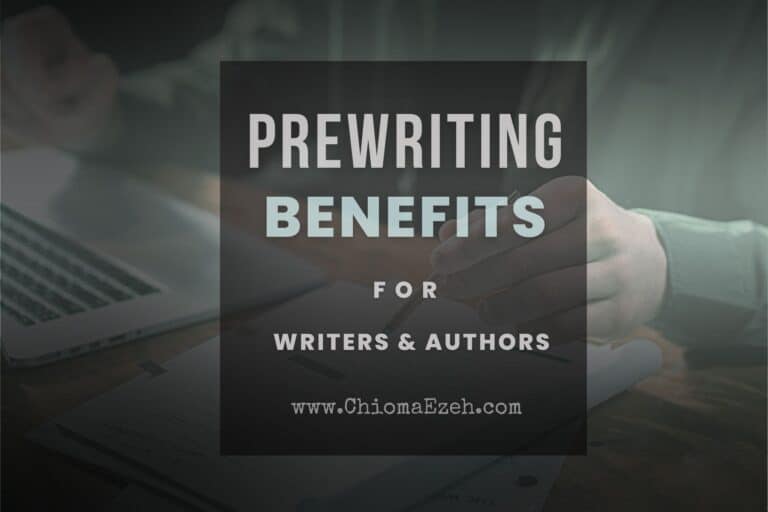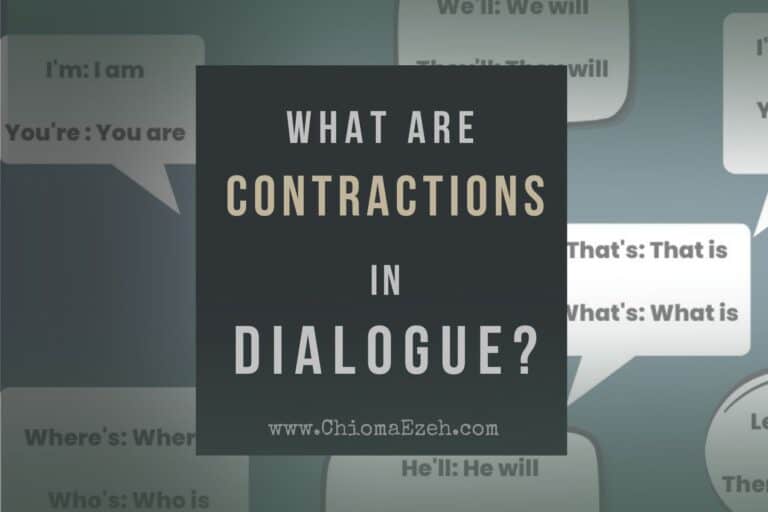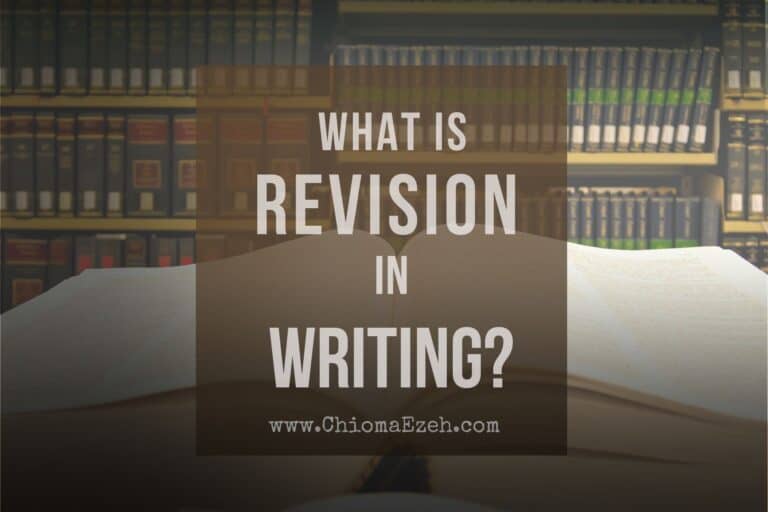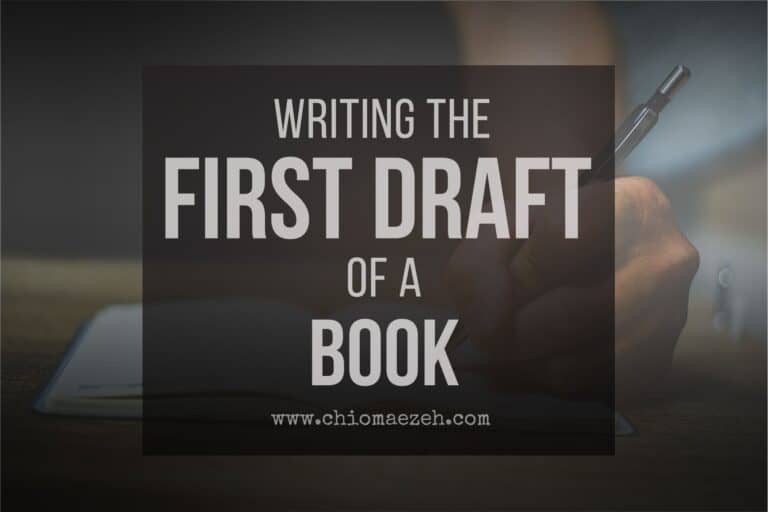Types of Audiences In Writing [Explained]
When you write something, it’s important to consider who will read it. Different types of readers need different things from what they read, so understanding the type of audience you are writing for can help you craft a better piece.
From serious and scholarly readers to fun-loving kids, there is an audience for every kind of writing! Let’s look at the different types of audiences in writing that writers must consider when crafting their stories and essays.
👉 Check out our full guide on Audience In Writing: A Simple Guide for Writers & Authors
Let’s Talk
Are you a writer aspiring to pen a masterpiece that never fails to captivate? Look no further. Reach out to us and uncover how we can help you to take your writing to unprecedented heights!

What are the Types of audiences in writing?
The types of audiences in writing are categorized based on four categories. They are:
- Knowledge/education level
- Age
- Interest Background
- Level of Formality
While these categories are broad, they can give you a general idea of the type of reader you are writing for. Let’s explore each one a bit further:

I. Knowledge/Education Level:
Depending on the topic, you may be writing for readers with no prior knowledge or education in the subject matter and those with extensive experience and expertise. Make sure your content is accessible to those who are new to the topic while providing enough depth for those who know more.
Based on this category, there are three broad types of audiences in writing. They are:
- The “Lay” Audience
- The “Managerial” Audience
- The “Experts” and
- The “Mixed” Audience
Now, let’s delve into each one of them.
#1. The lay audience.
They are unfamiliar with the topic and may be a general public audience. Writing for this type of audience requires clear language that does not use technical jargon. They usually need more background information and explanations of terms.

You may also need to use more storytelling, humor, and other visual elements to engage the reader.
👉 Head over to our full guide on How to write for a lay audience
#2. The managerial audience.
This includes those who have some knowledge of the subject and are interested in the application of a topic rather than the details.

They often need to make decisions about the topic but do not have time to go into all the details. So, they need you to help them make those decisions.
You’ll need to be clear and concise and provide plenty of examples that show how the topic can be applied in real life.
#3. The experts.
These are those who have a deep understanding of the subject matter. They need to be convinced and persuaded, often with evidence or data.

This type of audience needs detailed, accurate information they can use to make informed decisions. In other words, they do not want you to make decisions for them but rather show them evidence so they can make their own decisions.
You’ll need to be very precise and provide plenty of references and resources for further reading.
#4. The Mixed Group.
Keep in mind that many audiences are not homogenous; they may contain a mix of people with different levels of knowledge or experience. In this case, you should aim to create a piece of writing tailored for all levels.

You can do this by introducing topics and concepts in the simplest way at first, and then provide more detail as the writing progresses. This will help all categories of readers get something out of it regardless of their level of understanding.
You may also need to include some storytelling for the lay audience, provide detailed data and evidence for the expert audience, and explain in simple terms how the topic could be applied for the managerial audience.
Writing for a mixed group can be challenging and takes skill and practice to get it right. However, if you get it right, it can help you reach out to various readers. It will also help create a powerful piece of writing that resonates with everyone.
II. Age:
This can range from young children to senior citizens and everyone in between. When you know the age of your audience, it’s easier to tailor your writing appropriately. For example, an essay about quantum physics is likely to be read by adults, while a book about dinosaurs might be better suited for young kids.
Under this category, there are several types of audiences, including:
- The Kids
- The “Young” Audience
- The “Middle-Aged” Audience
- The “Elderly” Audience
#1. The Kids
When writing for young children, it’s important to keep your language simple and age-appropriate. Avoid jargon and complex concepts, as they won’t be able to understand it. Instead, focus on fun stories with clear illustrations that will help explain the topic without overwhelming them.

You should also provide plenty of opportunities for them to interact with the content—games, activities, and puzzles that will help reinforce the topics.
#2. The Young Audience
This includes those between 13-25 years old. Writing for this age group should be engaging, relevant and entertaining. You can do this by making your content “cool” and trendy, while also providing educational value.

You can include visual elements such as videos, graphics, and animation to make it more appealing. They should be able to relate to the content and find it useful daily.
#3. The Middle-Aged Audience
This includes those between 26-50 years old. For this audience, focus on providing practical advice and solutions to their problems. This could include tips for career advancement or advice on managing finances.

Try to make the content is comprehensive yet succinct so that readers can quickly access what they need. Additionally, provide examples of how the information can be applied in real-life scenarios.
#4. The Elderly Audience
This includes those over the age of 50. Writing for this group should be clear and concise, with a focus on providing useful information that will help them live their lives more fully or make informed decisions. Avoid complex language and jargon, and provide plenty of visual elements and illustrations to help explain concepts.

Ensure the content is easy to read and understand, with plenty of simple steps or instructions for completing tasks. Additionally, provide helpful resources such as links to websites where readers can get more information or find assistance if needed.

III. Interest Background
Consider the interests of your audience and make sure to use language and examples that are relevant to them. For example, if you’re writing for an audience with a background in sports, make sure to include references that they can relate to.
There are three types of audiences here:
- The “Avid Fan” Audience
- The “Casual” Audience
- The “Amateur” Audience
#1. The “Avid Fan” Audience
This audience is composed of those who are deeply passionate about their subject matter. They may have extensive knowledge of the topic and be able to discuss it in depth. Writing for this audience should provide interesting insights and perspectives they can learn from and appreciate.

Make sure the content is detailed and well-researched, with plenty of examples to illustrate points. Also, include references to current events or popular topics they’ll be familiar with.
#2. The “Casual” Audience
This includes those interested in learning about the topic but don’t necessarily have much knowledge or experience. Writing for this group should be informative yet straightforward, providing a basic overview of the topic without getting too technical.
Ensure you provide plenty of examples so readers can understand how the information applies in real-life situations. You should also include helpful resources, such as links to additional materials that readers can explore if they want to learn more.
#3. The “Amateur” Audience
This includes those who are just beginning to explore the topic and need a basic introduction to it. Writing for this audience should be straightforward, with an emphasis on introducing them to key concepts in simple terms.
Include plenty of visuals and illustrations to help explain concepts and provide clear instructions on how they can apply the information. Additionally, include helpful resources that readers can explore if they want to learn more.
IV. Level of Formality:
Depending on the type of writing, you may need to adjust the level of formality and complexity. For example, a scholarly paper will require more complex language and detail than a blog post. Knowing who your audience is can help you determine the appropriate level of formality for your piece.
The types of audiences include:
- The “Formal” Audience
- The “Informal” Audience
- The “Semi-Formal” Audience
#1. The “Formal” Audience
This audience comprises those who expect professional, detailed writing and may have an advanced understanding of the subject matter. Writing for this group should be technical and precise, using complex language and industry jargon when appropriate. Ensure that all facts are accurately cited to ensure readers can trust the piece’s credibility.
#2. The “Informal” Audience
This includes those who may not be as familiar with the topic and need a simplified explanation. Writing for this group should be casual yet informative, providing key facts without getting too technical or using excessive jargon. Make sure you provide real-life examples and anecdotes to illustrate how the information can be applied in practical situations.
#3. The “Semi-Formal” Audience
This includes those who may have some knowledge of the topic but still need a more comprehensive overview. Writing for this audience should strike a balance between formal and informal language, providing technical terminology when relevant while also using simpler language to explain concepts.
Be sure to provide resources and references for readers looking to further their knowledge. Additionally, include visuals or illustrations that can help break up the content and make it easier for readers to understand key points.
Tips for Engaging Different Types of Audiences
As you write for different types of audiences, it is important to engage them in your writing. One way to do this is by ensuring that your content offers an emotional connection.
You may tell a story they can relate to or ask questions that make the readers think about their experiences with the topic. Additionally, you can break up your content with visuals or illustrations that help to make the content more engaging. Then, end with a call-to-action that encourages further exploration of the topic.
No matter what type of audience you’re writing for, there are a few key tips that can help you engage them:
- Keep the content concise and to the point.
- Use visuals such as images or diagrams to illustrate key points.
- Include real-life examples and anecdotes to make information more relatable.
- Provide helpful resources and references that readers can explore further.
- Adjust the writing style based on the level of formality.
- Ask questions throughout the piece to engage readers in a dialogue.
👉 Head over to our guide on How to engage different types of audience in your writing
How To Tailor Content For Each Type Of Audience
Below are four examples of writing pieces tailored for different audience types. We” highlight the differences in language, tone, and style, as well as content structure:
1. Lay Audience
Blog Post on Climate Change
Title: “Climate Change: What You Need to Know and How You Can Help”
Introduction: “Climate change is a hot topic these days, and for good reason. Our planet is facing some serious challenges, and it’s crucial for all of us to understand what’s happening and how we can make a difference. In this easy-to-understand blog post, we’ll break down the basics of climate change and share some simple steps you can take to help protect our planet.”
Language: Simple, non-technical, and conversational
Tone: Friendly and informative
Style: Casual and engaging, using relatable examples and anecdotes
Structure: Short paragraphs with subheadings, bullet points, and visuals for easy comprehension
2. Managerial Audience
Business Proposal for a Green Initiative
Title: “Implementing a Sustainable Office Environment: Reducing Costs and Environmental Impact”
Introduction: “As a forward-thinking organization, it’s essential to consider our environmental footprint and seek opportunities for improvement. This proposal outlines a comprehensive plan to implement sustainable practices within our office, highlighting the potential cost savings and positive environmental impact of these initiatives.”
Language: Clear, concise, and professional
Tone: Solution-oriented and persuasive
Style: Formal and well-organized, presenting data and case studies
Structure: Detailed sections with clear headings, tables, charts, and an executive summary
3. Expert Audience
Research Paper on Climate Change Impact on Ecosystems
Title: “Assessing the Effects of Climate Change on Ecosystem Resilience: A Meta-Analysis”
“Climate change poses significant risks to global ecosystems, yet understanding its full impact remains a challenge. This study presents a comprehensive meta-analysis of the existing literature on climate change effects on ecosystem resilience, aiming to synthesize the current state of knowledge and identify knowledge gaps for future research.”
Language: Technical, precise, and academic
Tone: Objective and analytical
Style: Formal, with proper citations and references
Structure: Abstract, introduction, methodology, results, discussion, conclusion, and references
4. Mixed Audience
Magazine Article on Climate Change and its Impact on Wildlife
Title: “Wildlife on the Brink: How Climate Change is Transforming Our Planet’s Ecosystems”
“Our planet’s delicate ecosystems are under threat from the ever-growing impacts of climate change. In this feature, we explore the profound ways in which climate change is affecting wildlife populations around the globe, providing both an accessible overview for newcomers and in-depth analysis for experts.”
Language: A mix of simple explanations and technical terms, with a glossary for clarification
Tone: Informative and engaging
Style: A blend of storytelling and data-driven analysis, with anecdotes and examples. Structure: Sections with varying levels of complexity, accommodating both lay and expert readers, with visuals and sidebars for additional information
These examples demonstrate how language, tone, style, and structure can be tailored to cater to the needs of different audience types, ensuring the content is accessible and relevant for the intended readers.
But how can you determine the specific type of audience you intend to write for? Take our quiz below to find out.
Audience Quiz
Audience Quiz
FAQs on Types of Audiences in Writing
Have Questions? We Have Answers.
Final Notes on Types of Audiences in Writing
When writing for a specific audience, it’s important to consider their familiarity with the topic and adjust your approach accordingly. Knowing who you’re writing for can help you tailor the content so readers get the most out of your work. Once you understand the type of audience you are writing for, you can craft a piece that resonates with readers and leaves them hungry for more.
Related Posts:
- What is Prewriting in Writing Process? [Explained]
- How To Identify Your Audience In Writing: 12 Simple Steps
- 15+ Prewriting benefits for writers of all levels
- Prewriting Checklist: How To Use Prewriting to Jumpstart & Improve Your writing process
- Writing For Your Audience: Tips To Effectively Write for Your Target Audience
- Prewriting Tips: 25+ Tips To Make The Most Of Your Prewriting Process
- Prewriting Checklist: How To Use Prewriting to Jumpstart & Improve Your writing process

![What Is Third Person Point of View? [Definition & Examples]](https://chiomaezeh.com/wp-content/uploads/2023/03/third-person-point-of-view-1-768x512.jpg)




